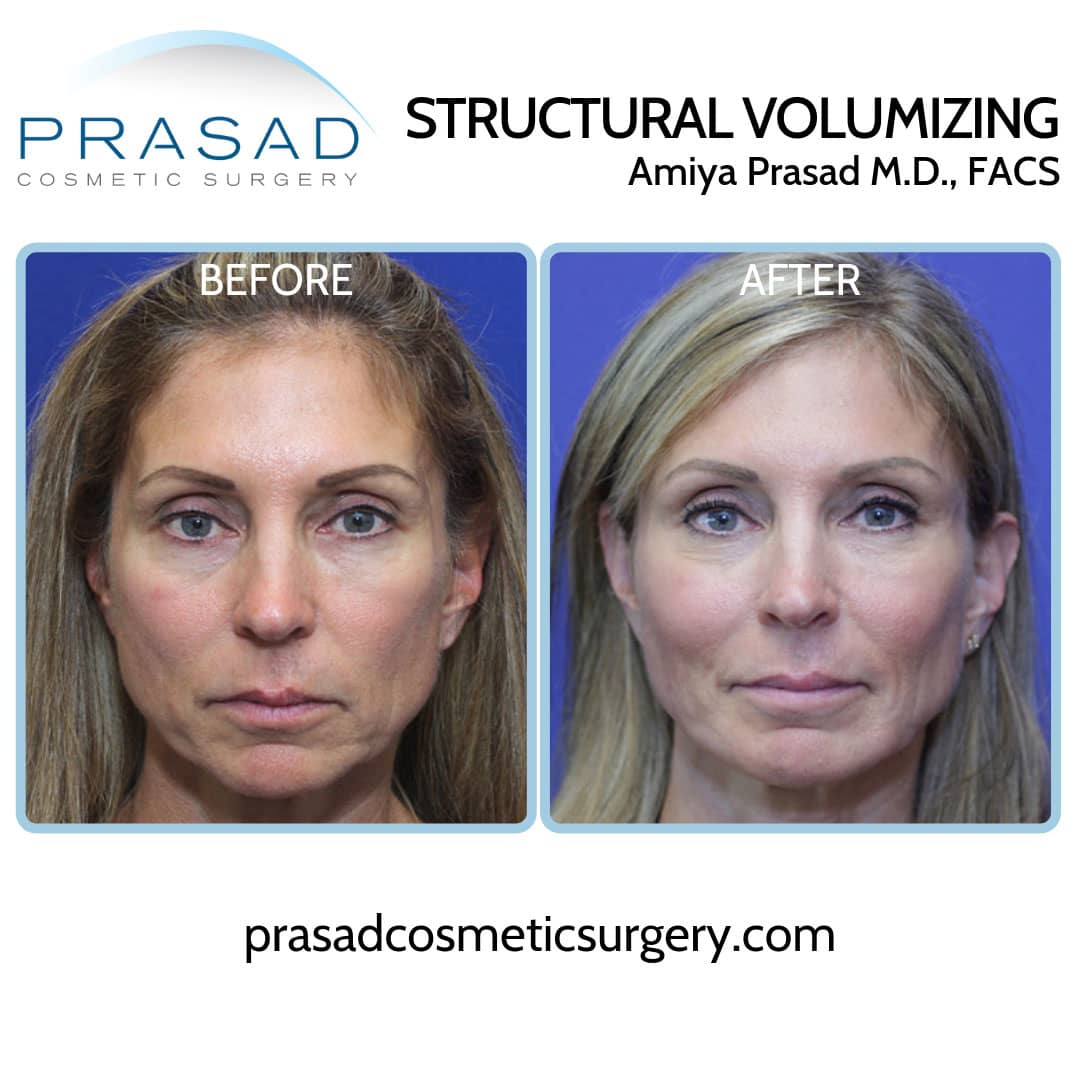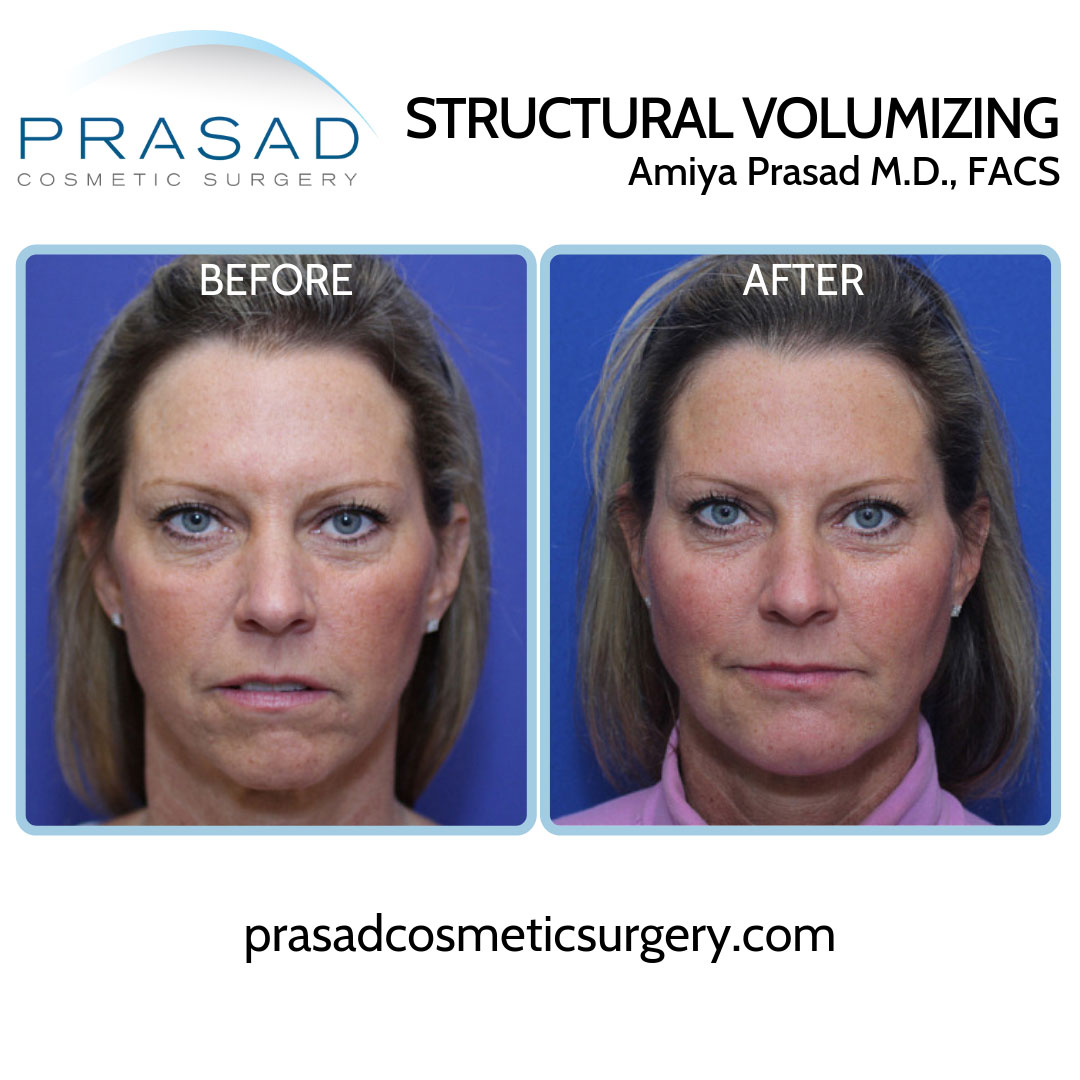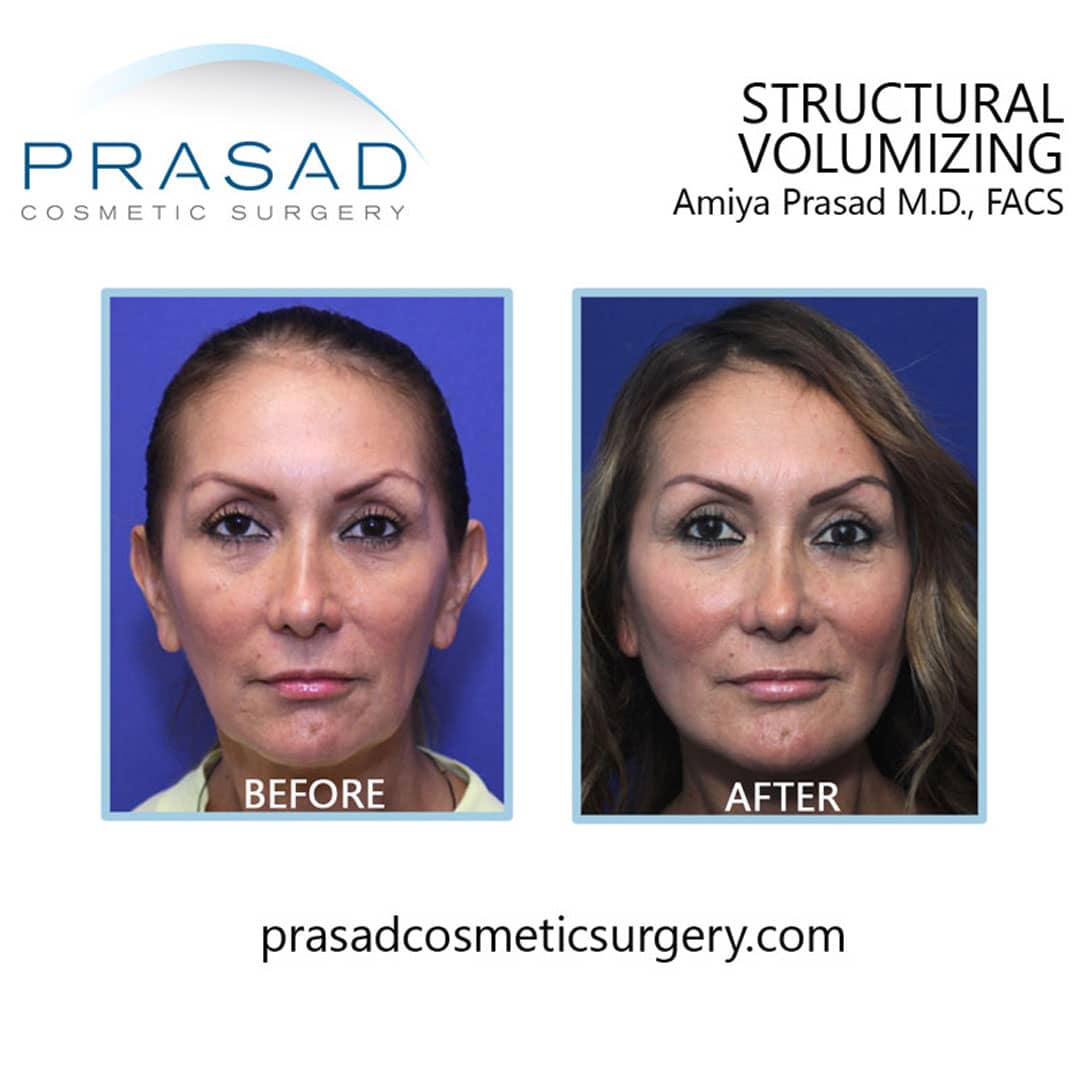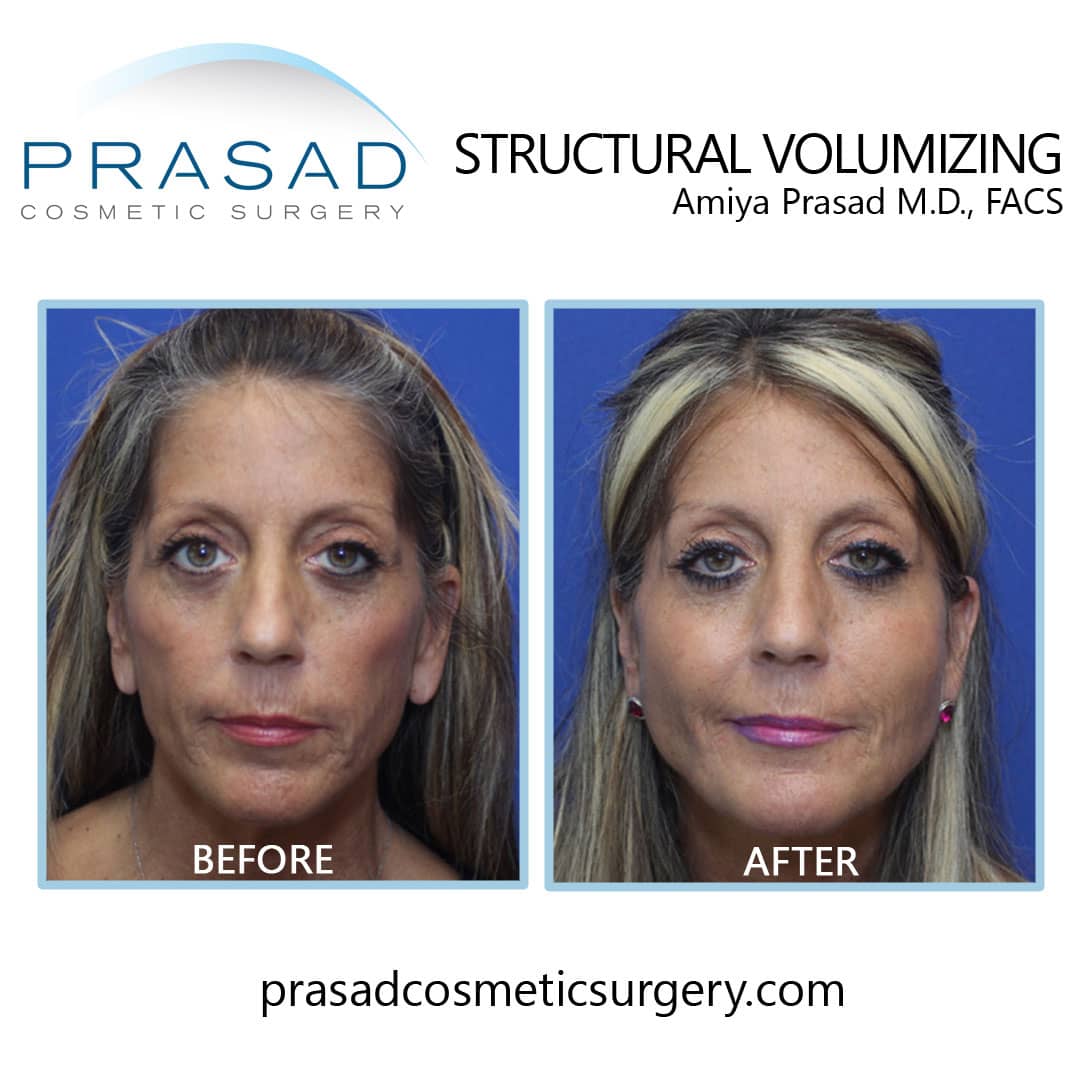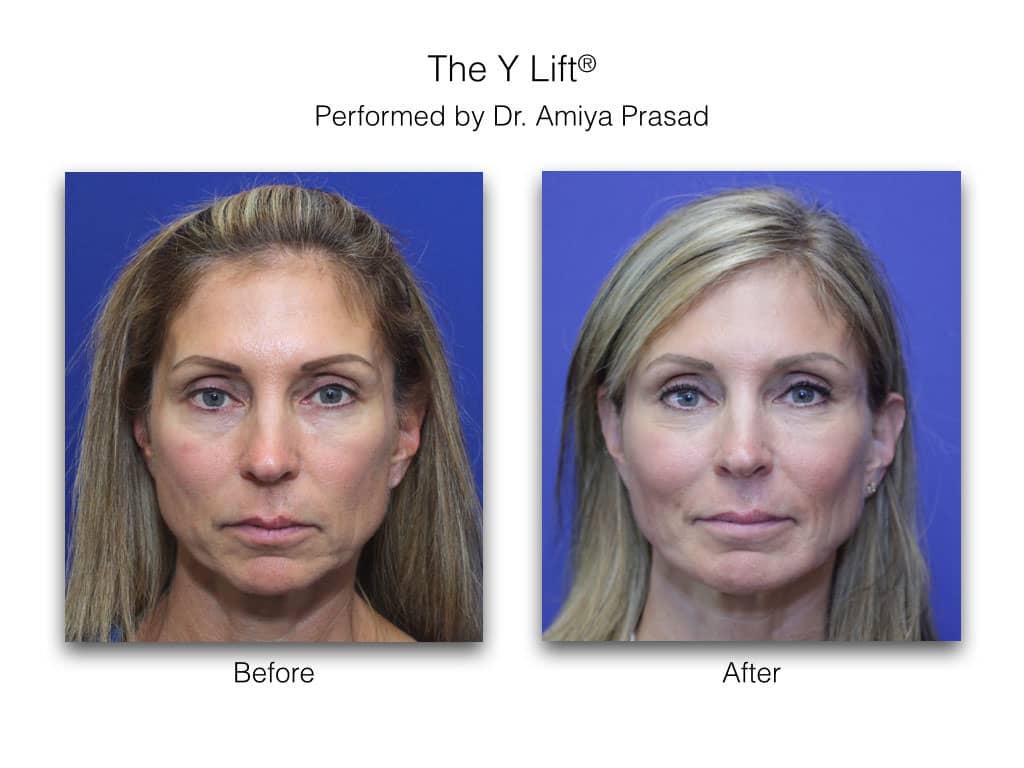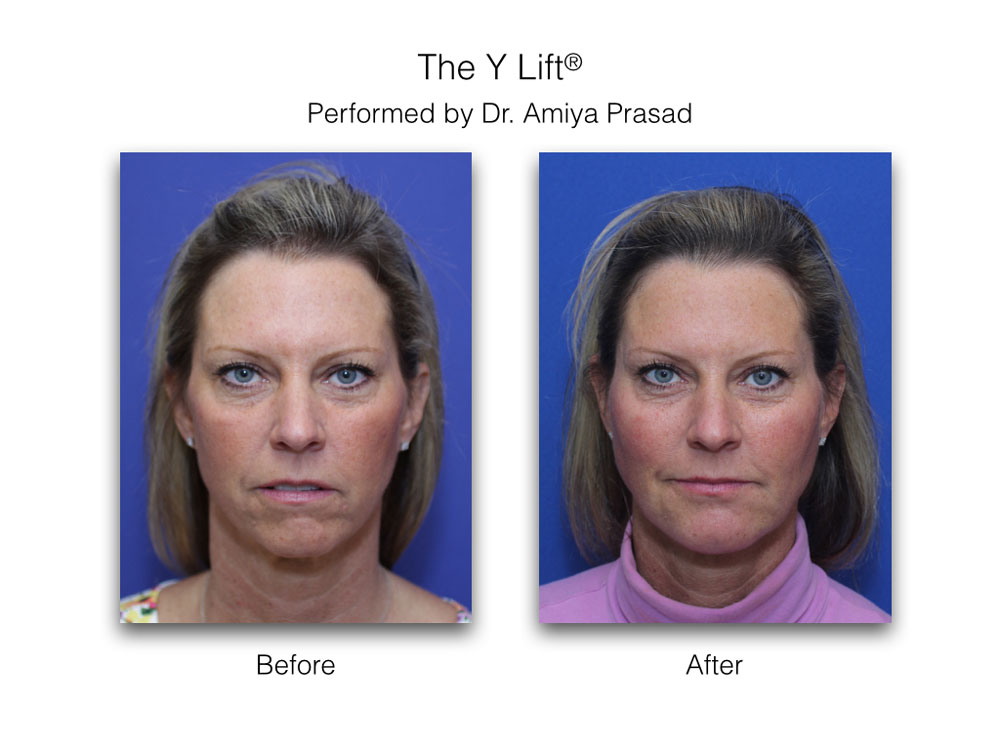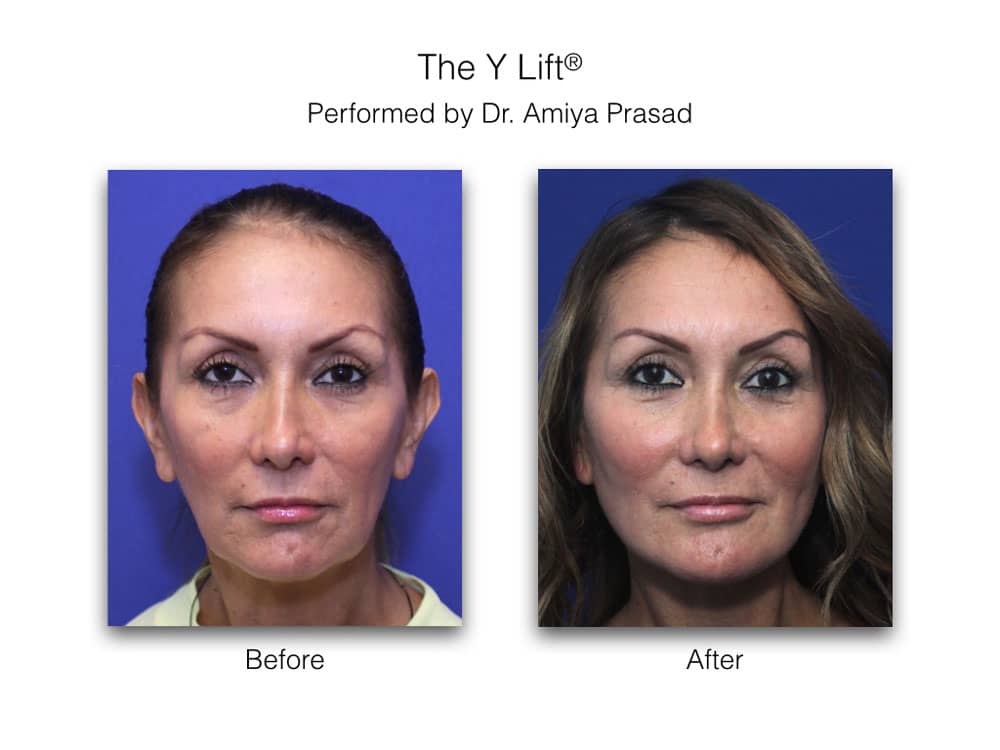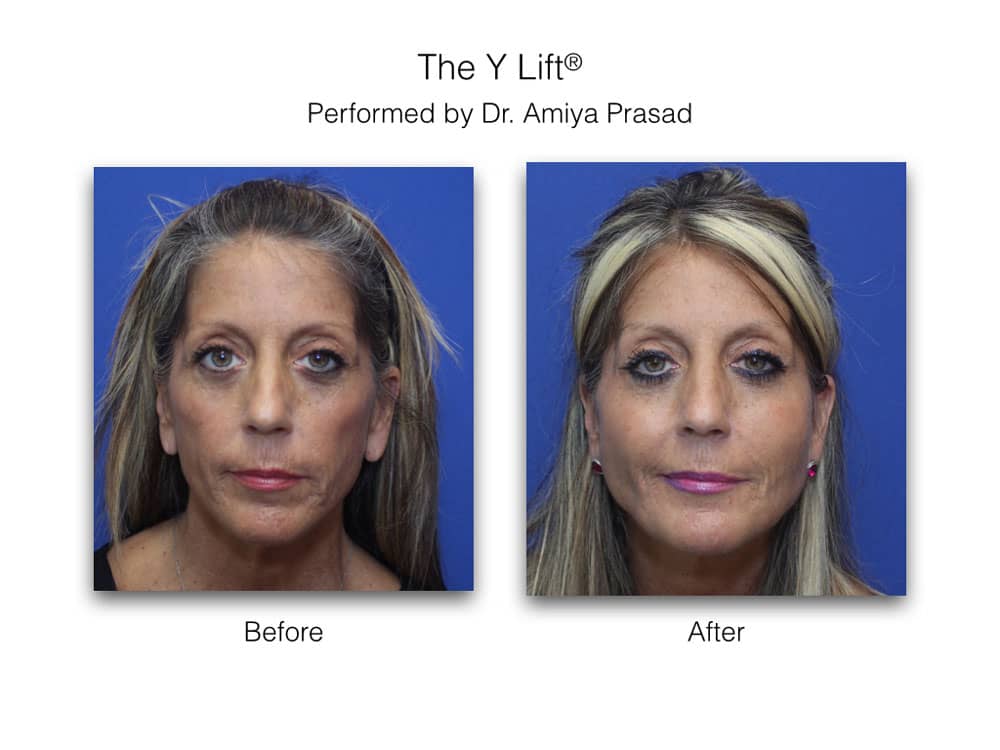Cheek Filler Before and After
When people think of youthful faces, defined, rounded cheeks come to mind. As we age, our facial volume decreases due to a loss of bone mass, as well as muscle, fat, and soft tissue, with the cheeks being especially noticeable as projection fades and the cheeks become flatter.
Cosmetic fillers are the most commonly used treatment to increase cheek volume. However, because the results of cheek fillers frequently show an overfilled, doughy, or pillowy appearance, people wonder what the best cheek filler is. Another reason people inquire about the best cheek filler is that they have previously had cheek filler treatment, but the filler material did not last as long as they desired, so they are looking for a better filler option. I’ll go over the various cheek filler options and how I use them to make my patients look their best, with natural-looking and defined results that last as long as possible.
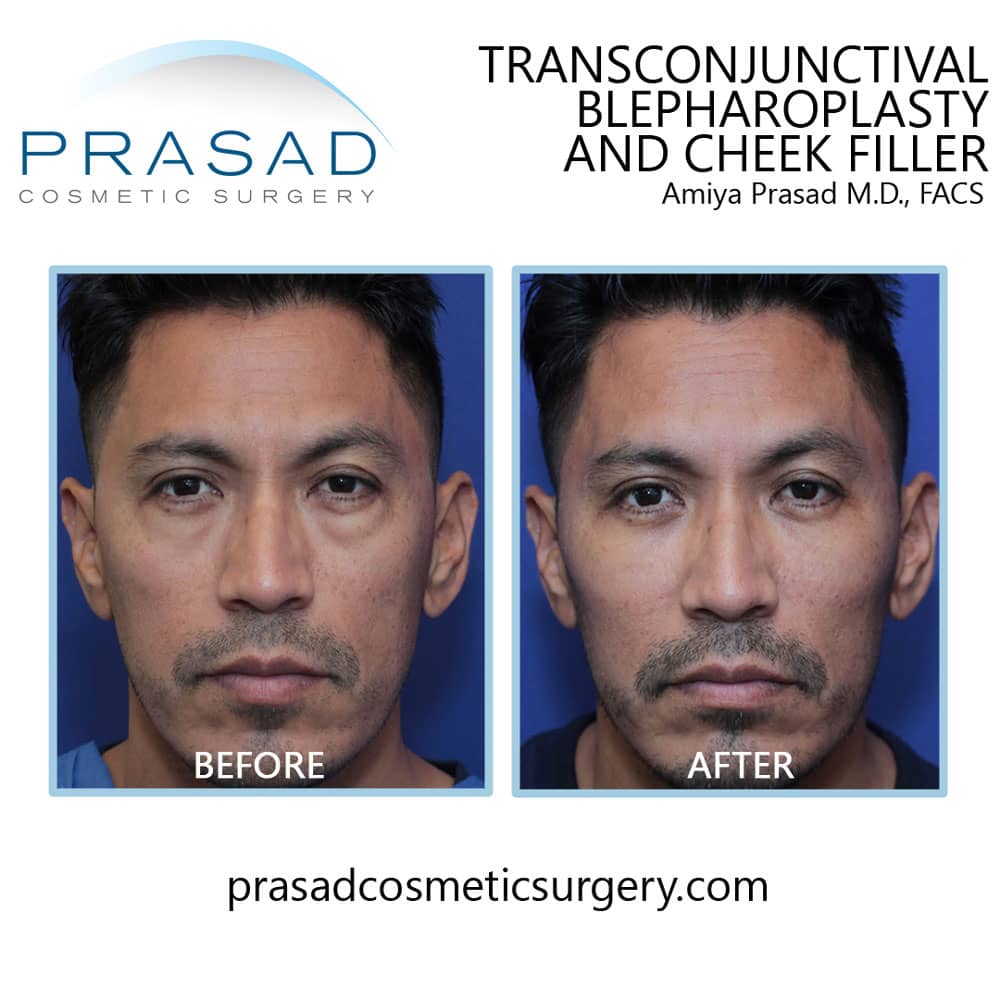
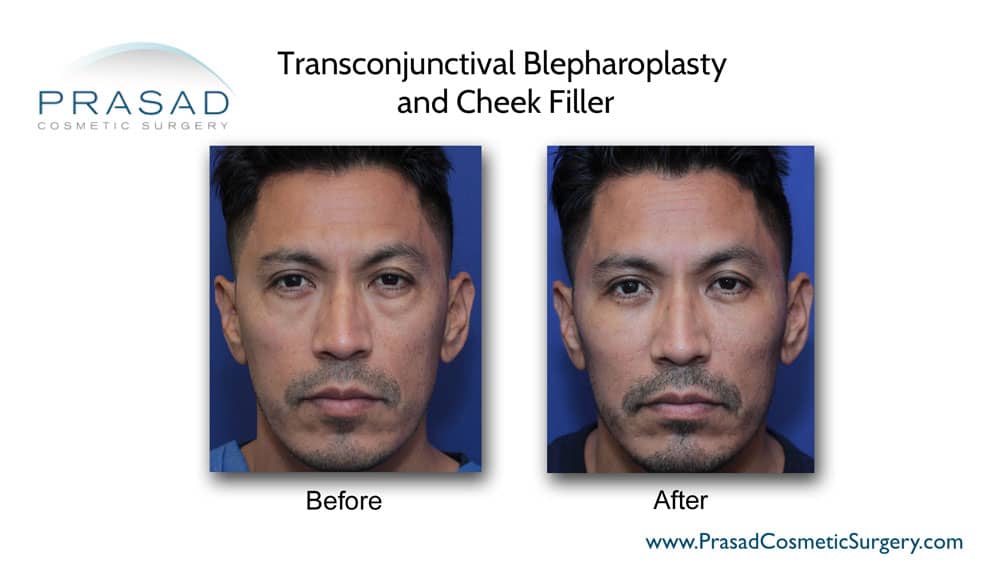
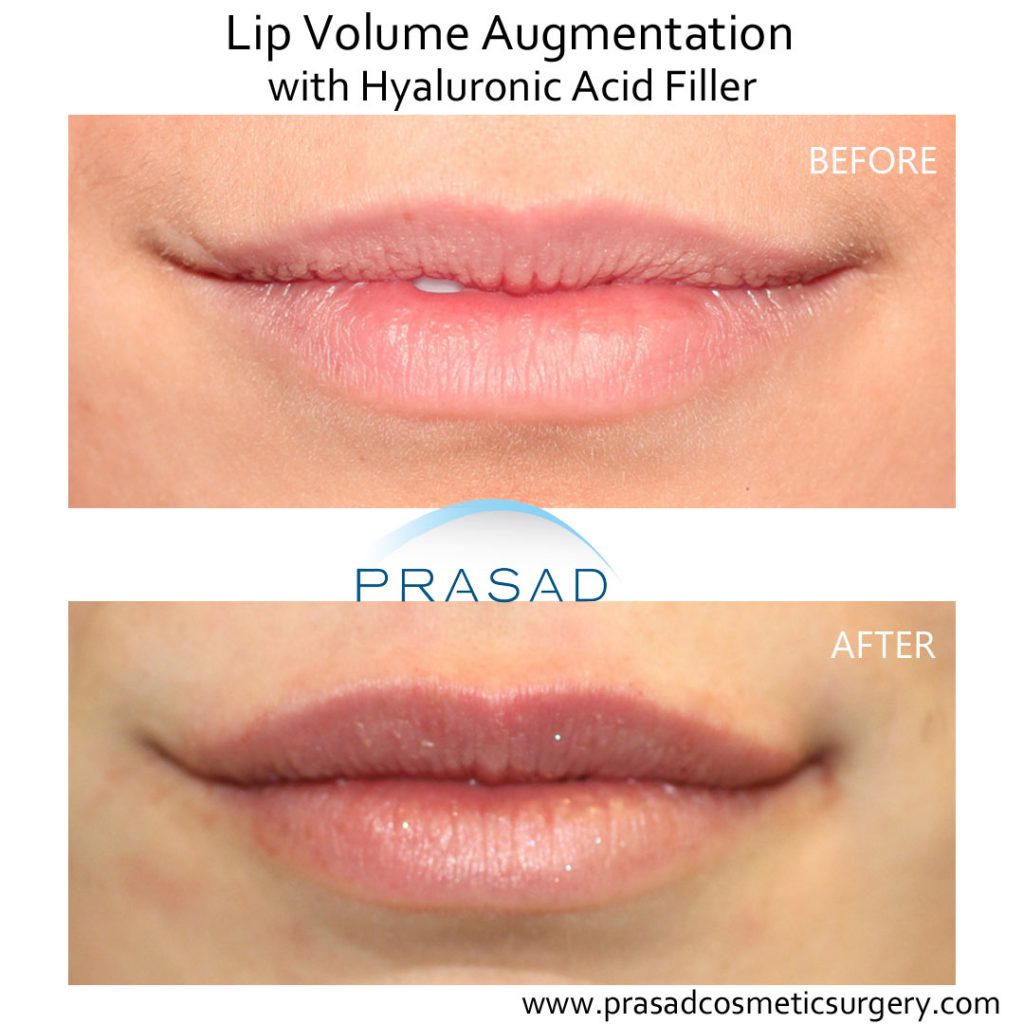
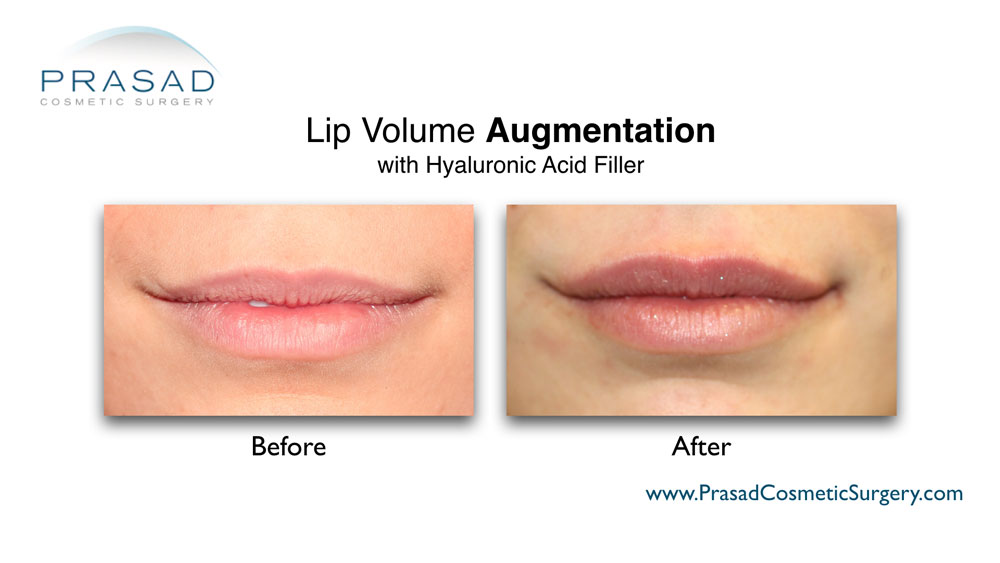
People seeking cheek filler treatment are concerned about the bloated, doughy appearance seen in some celebrities, as well as features about cosmetic procedures gone wrong. There are also concerns about the longevity of cheek filler treatment, particularly among people who have previously had it. One important consideration is the safety of the material and procedure, particularly when it comes to the longevity of the filler material.
When people consider the best cheek filler, they first want to avoid appearing bloated and doughy, so they inquire as to which filler can best avoid this unnatural appearance. This appearance is due to the placement of the filler rather than the brand. The majority of doctors inject cheek fillers just beneath the skin, or at the dermal level. Some doctors go a step further and inject the filler into the fat and soft tissue just beneath the dermis.

The main issue with placing filler near the skin’s surface, or at the fat and soft tissue levels, is that these levels are not strong enough to carry the volume of filler, so instead of the cheeks looking full and defined like in a young person, the results appear soft and bloated. Since the dermal, fat, or soft tissue levels of the face can’t hold much volume of filler, the filler material tends to migrate, causing this doughy appearance to spread beyond the area of treatment, such as into the jawline. As a result, this bloated appearance can extend beyond the cheeks and affect much of the face.
How to Avoid Bad Cheek Filler Results
To avoid having a bloated-looking face, it’s not the brand of filler you are seeking, but the depth of filler placement. To avoid this “pillow face” appearance, I place filler at a deeper level than most doctors. I place filler at the face’s structural bone level, which is a more stable platform than the fat, or soft tissue layer. To prevent the filler material from migrating, the muscle layer of the bone holds it in place. When filler is used at the structural level of the face, the results are full, defined, and contoured, rather than soft or doughy.
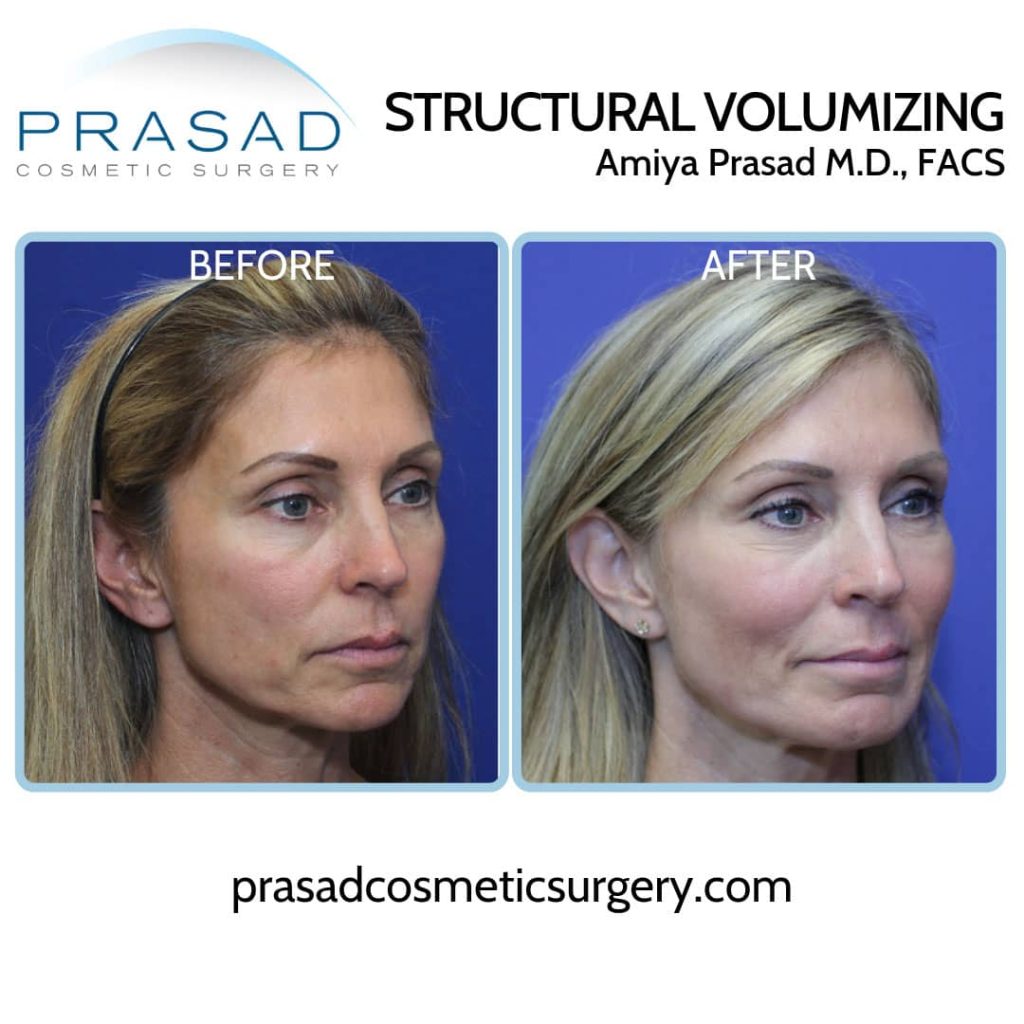
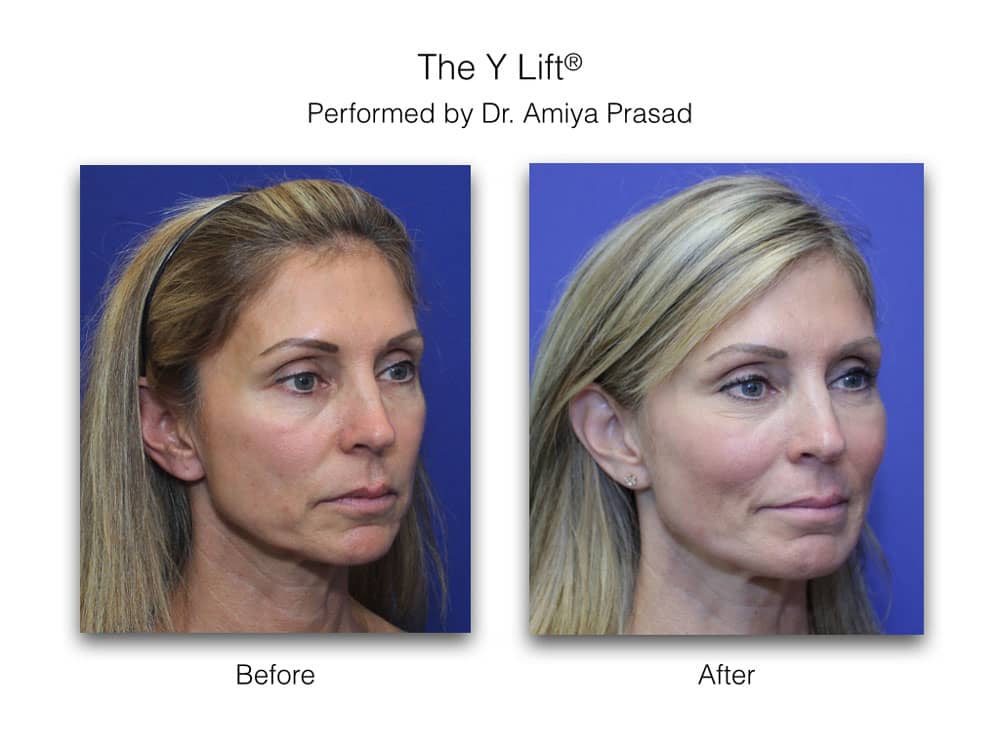
Definition is important because young faces appear fuller, but this fullness is structured and contoured rather than just voluminous. This method of filler placement is known as Structural Volumizing, and a similar technique used by other doctors is known as the Y Lift. While the placement of filler at the bone level is a non-surgical injection procedure, it requires my knowledge and experience as a facelift surgeon, and facial implant surgeon, so this is not a technique used by doctors who do not perform surgery at the deeper levels of the face, such as dermatologists.
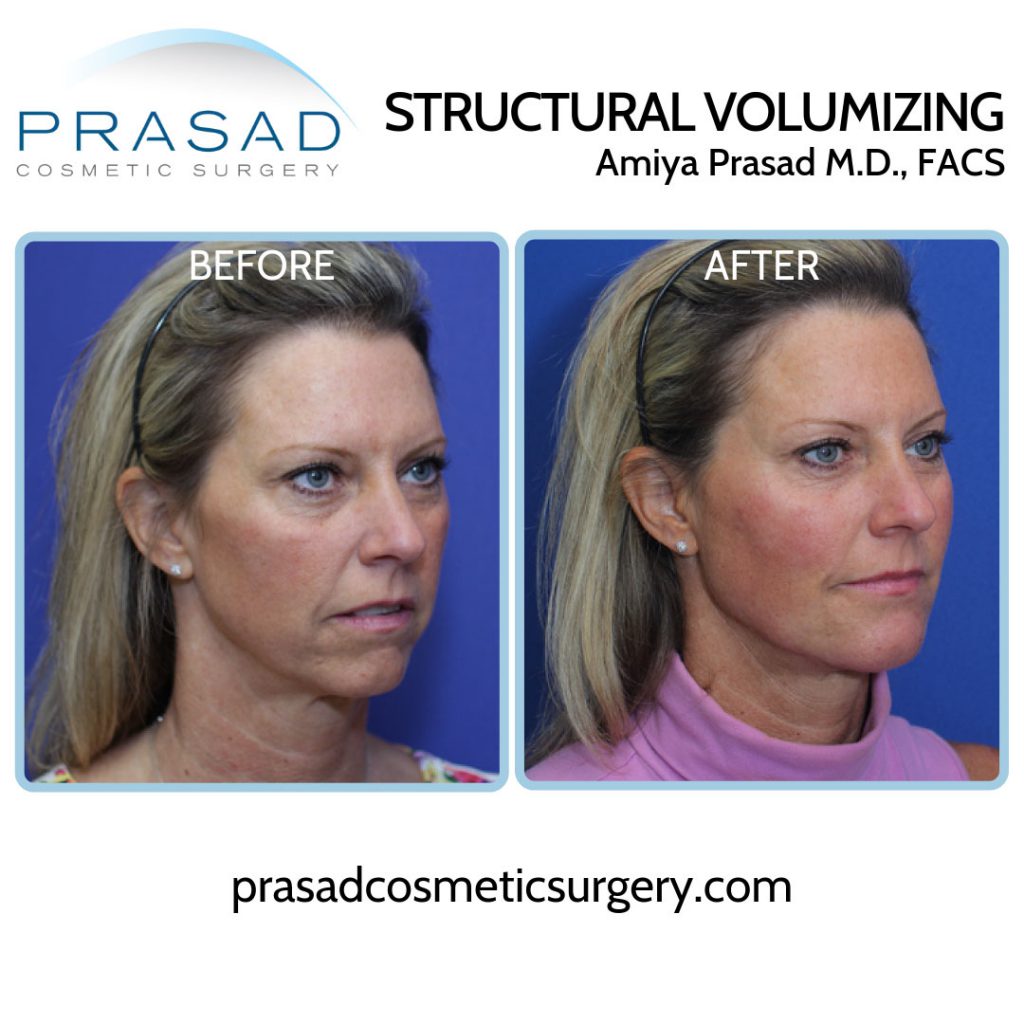

While some doctors believe they are at the bone level when using injectable fillers because the needle or cannula is making contact with a solid surface. Knowing this anatomical space well is the only way to ensure bone level placement. To deliver the filler material, I use blunt-tipped cannulas rather than needles. Blunt-tipped cannulas are designed to glide more easily through the internal anatomy, avoiding snagging, piercing a blood vessel, or another anatomical feature, thus reducing the risk of bruising and other potential complications. While I have preferred fillers for Structural Volumizing, it is technique rather than the filler brand that matters when achieving this result.
What is the best filler for cheeks?
When it comes to choosing the best brand of cheek filler, as well as longevity and safety, it’s critical to understand the differences between fillers and their applications. Since hyaluronic acid is naturally present in the body where it helps retain moisture in areas like the skin, and helps lubricate joints, these fillers are easily tolerated by the body, eliminating the need for allergic testing.
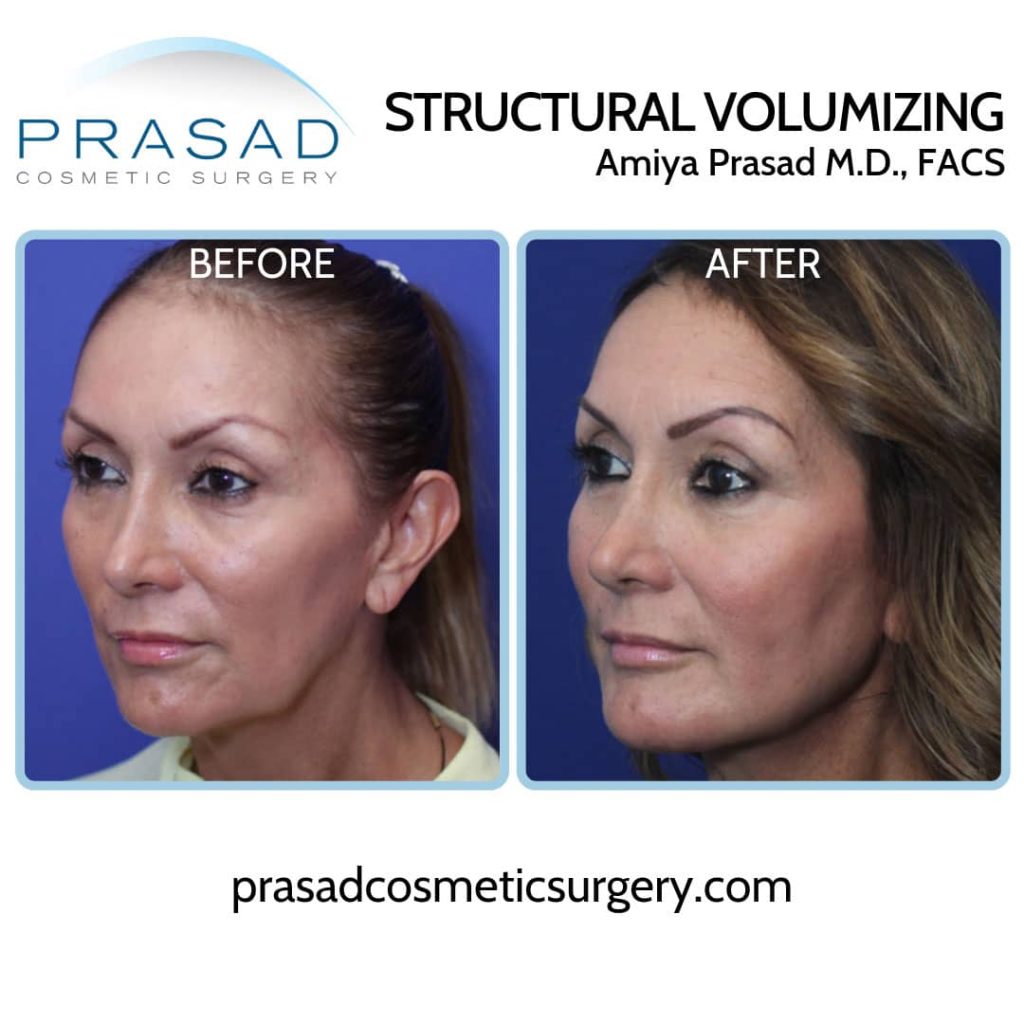
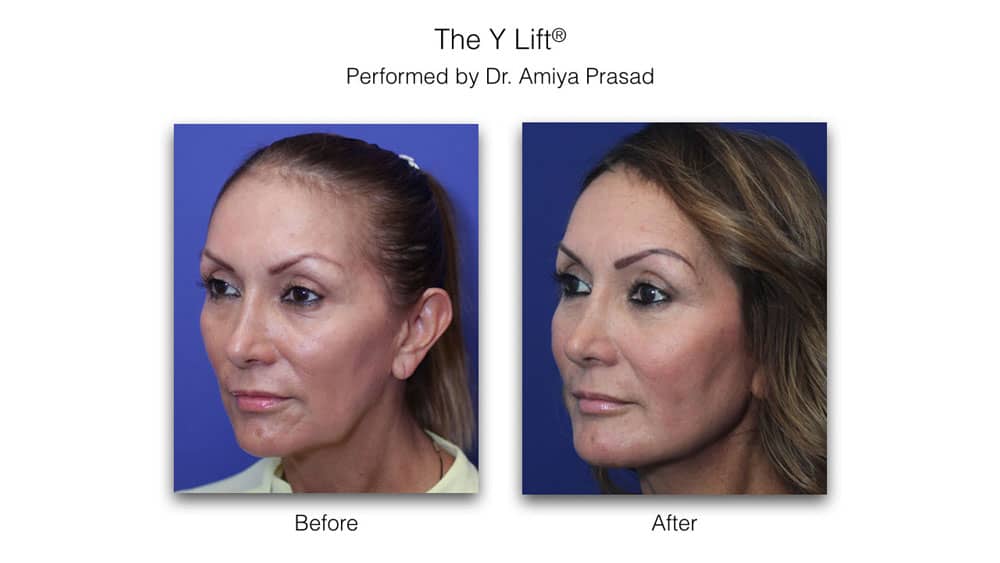
Hyaluronic acid fillers are also reversible because they can be dissolved with the injectable enzyme hyaluronidase, which also occurs naturally in the body to aid in the turnover of native hyaluronic acid. In general, the thicker the hyaluronic acid filler, the longer it will last. However, because thicker hyaluronic acid fillers are less malleable, they cannot be used in areas with a lot of facial movement for expressions, such as the lips, eyelids, or forehead.
Since the cheeks have little to no facial movement, thicker hyaluronic acid fillers that last longer can be used in this area. For the cheeks, I prefer fillers like Juvederm Ultra Plus and Juvederm Voluma, which can last up to 1-2 years. Voluma, in particular, was designed for the cheeks, but it can also be used in other areas with little movement, such as the jawline and chin.
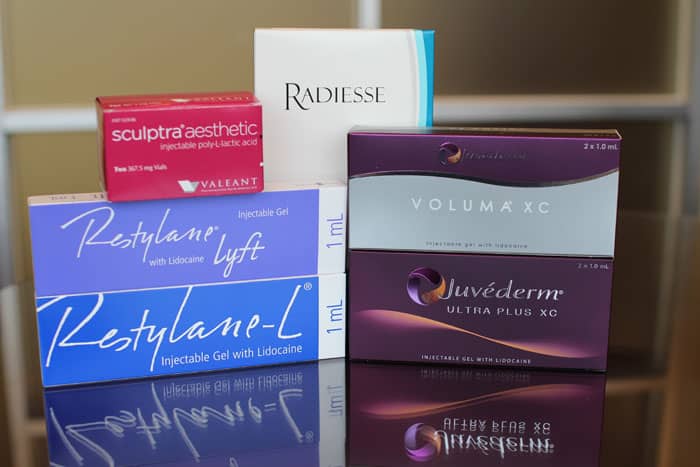
While these are the longest-lasting hyaluronic acid fillers on the market, it is still critical that they are metabolized by the body over time so they are not recognized as a foreign body as if it were an infection. Furthermore, because the space where I place these fillers with the Structural Volumizing technique is atop the bone, and between the muscle layer that lack natural hyaluronidase, they last a little longer. Hyaluronic acid filler will eventually metabolize at the bone level.
Why Semi-Permanent and Permanent Cheek Fillers are Not Advised
The inevitable question is whether there are cheek fillers that last longer than hyaluronic acid fillers. While semi-permanent and permanent fillers are available in some countries and regions, I strongly advise against using them. These fillers, which are frequently made of the polyacrylamide material, are resistant to the metabolic processes of the body, which is why they last longer.
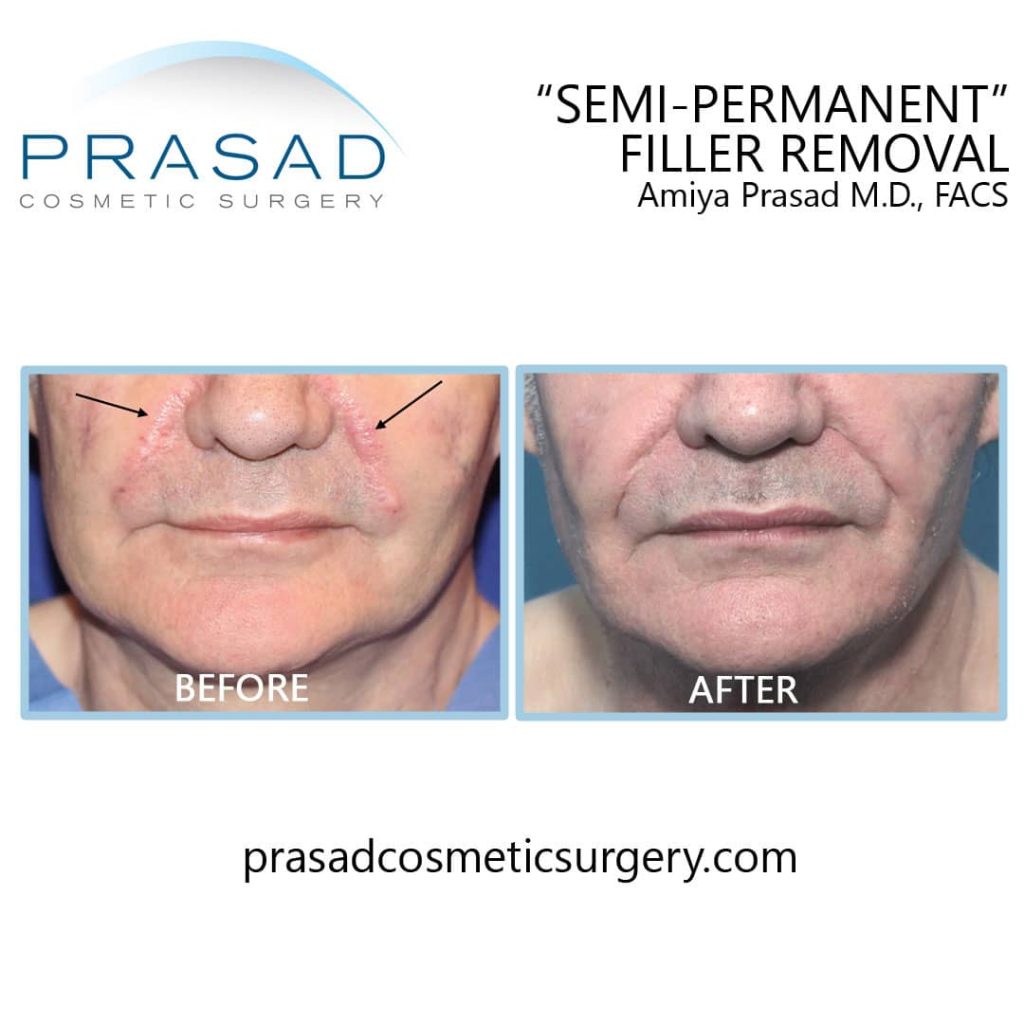
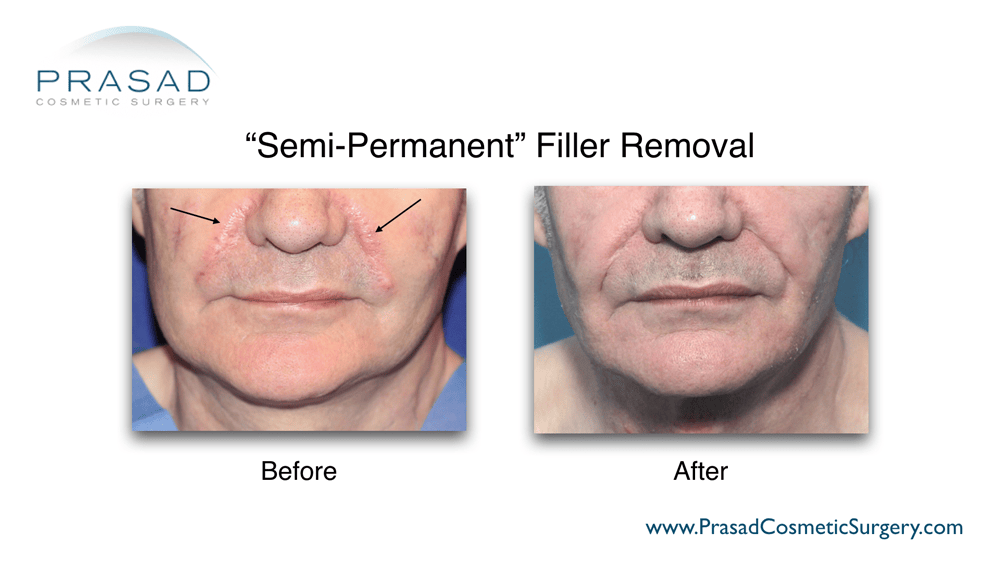
However, because being resistant to metabolization increases the risk of a foreign body reaction, they are more likely to be treated as infection by the body, resulting in reactive complications such as swelling. Permanent and semi-permanent fillers also migrate because they are broken down into smaller pieces after being in the body for so long, and can reach unintended areas. These fillers cannot be dissolved, necessitating surgical removal. Since these fillers tend to break apart into smaller pieces that migrate, surgery may not remove all of the material, and some material may remain in deeper tissues. When it comes to the safety of cosmetic fillers, longer does not always imply better. It also does not imply that it will be less expensive in the long run due to fewer treatments required, as surgical removal of permanent and semi-permanent fillers is a costly and intensive procedure that may necessitate more than one removal surgery. I don’t administer permanent or semi-permanent fillers because I don’t think the risks, and compromised safety are worth it for my patients.
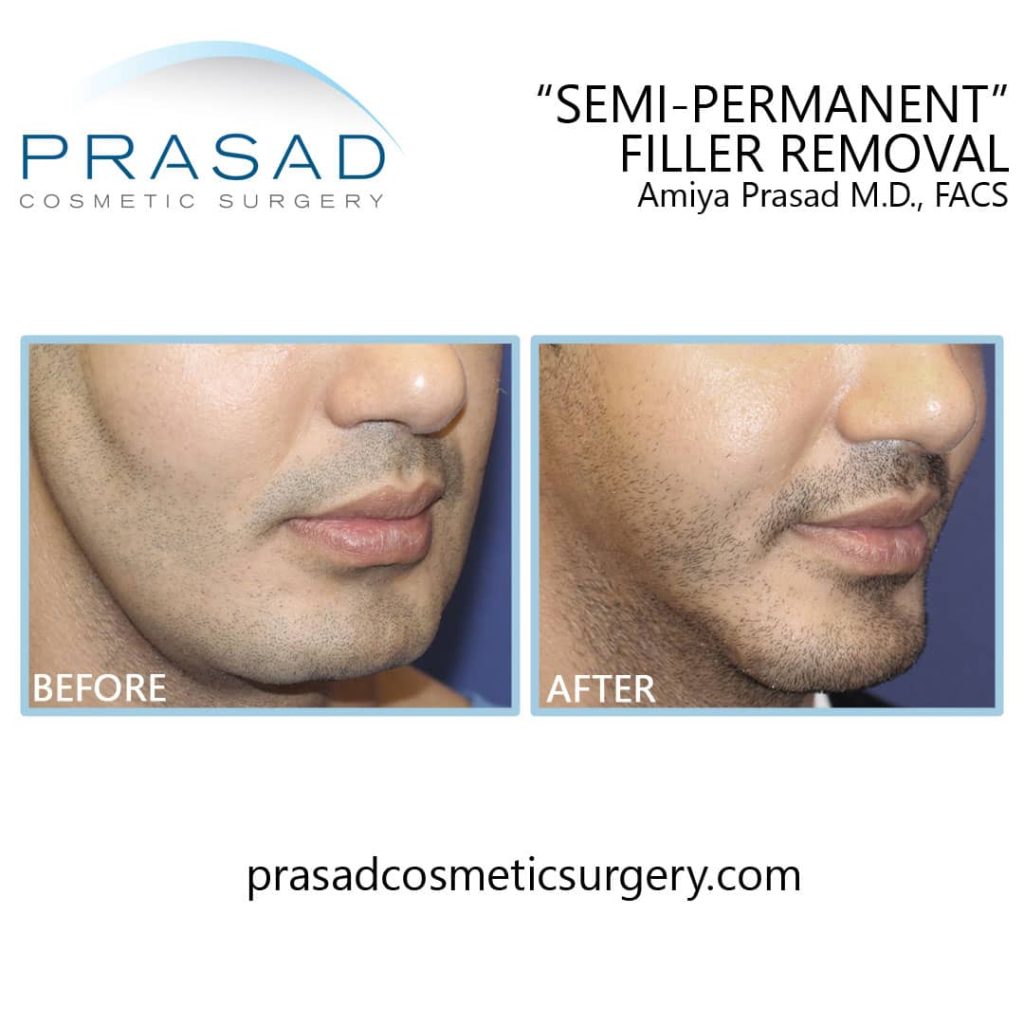
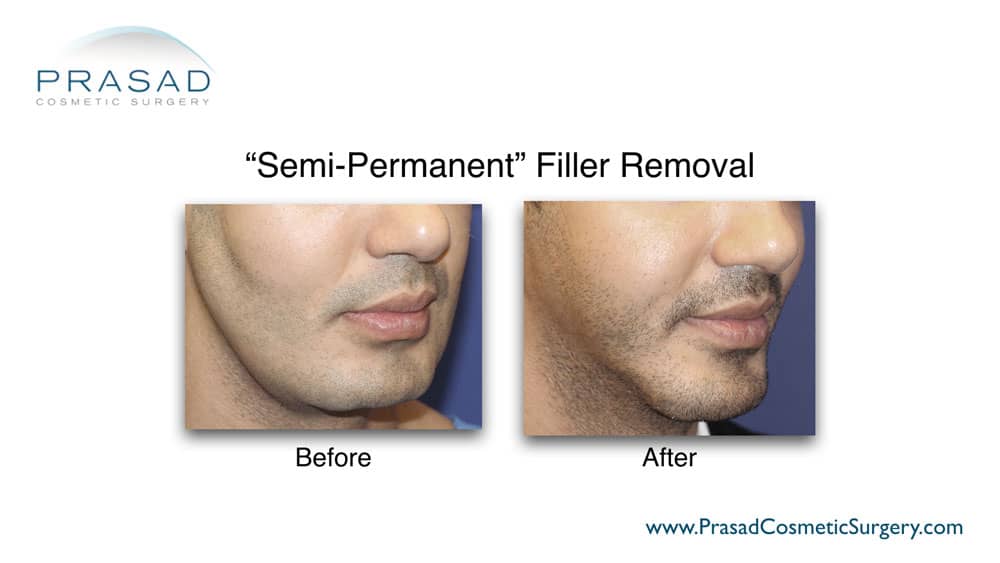
Other filler materials claim to be non-permanent, but they cannot be dissolved or reversed in the same way that hyaluronic acid fillers can, making them less safe because they are not fully reversible or metabolized by the body. These include fillers containing calcium hydroxyapatite, a material similar to bone that cannot be completely metabolized.
A newer filler brand uses polycaprolactone, which cannot be dissolved, but is said to be biodegradable at 60 degrees celsius. However, this is more than a third higher than normal body temperature, and chances are this material will cause a foreign body reaction, even if it is FDA-approved as a filler material. I do not use filler brands that contain these materials for the long-term safety of my patients.
What to Expect After Cheek Filler with Structural Volumizing
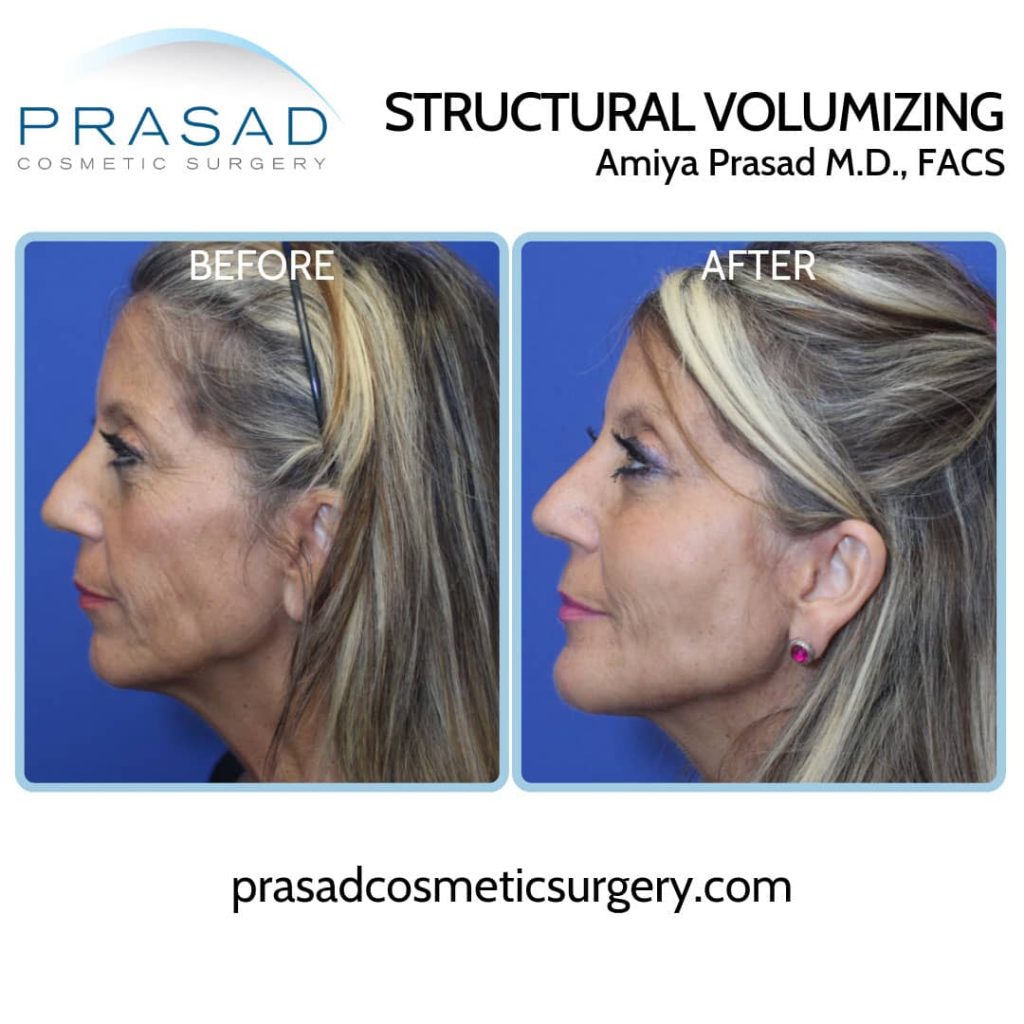
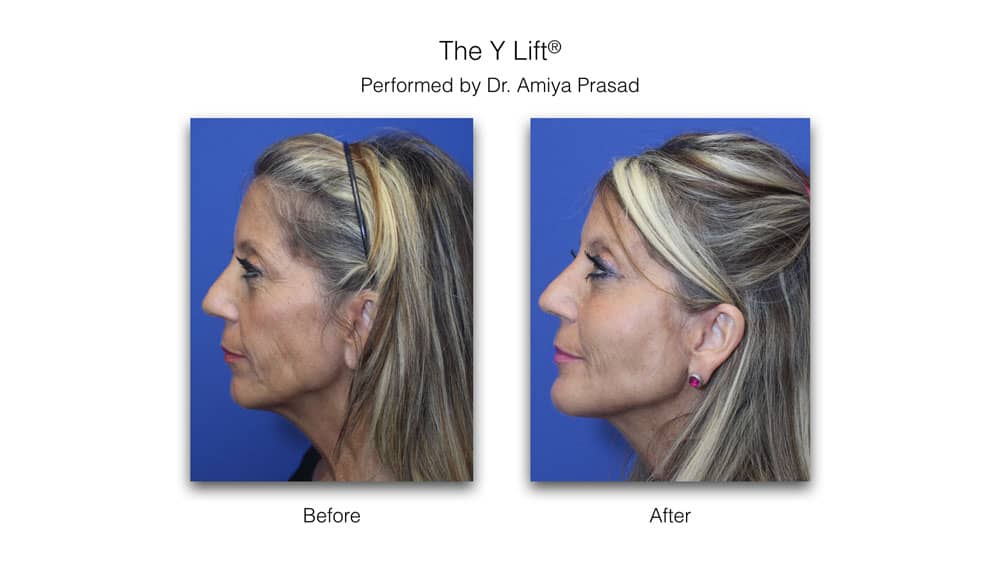
Conclusion
Certain filler materials are not recommended for safety reasons because they remain in the body for too long, which can result in full irreversibility at best, and infection and foreign body rejection at worst.
There are two important factors to consider when comparing different brands of hyaluronic acid filler for the cheeks. The first consideration is selecting the longest-lasting cheek filler. Since the cheeks are not required for facial movement or expressions, a thicker filler that lasts longer is preferable to a less viscous filler that moves with facial expressions, but does not last long. The second factor is that the placement technique produces the most natural-looking results, and prevents cheek filler migration, which can make the face appear soft and doughy, so finding the best doctor to place cheek fillers is far more important than the filler brand.
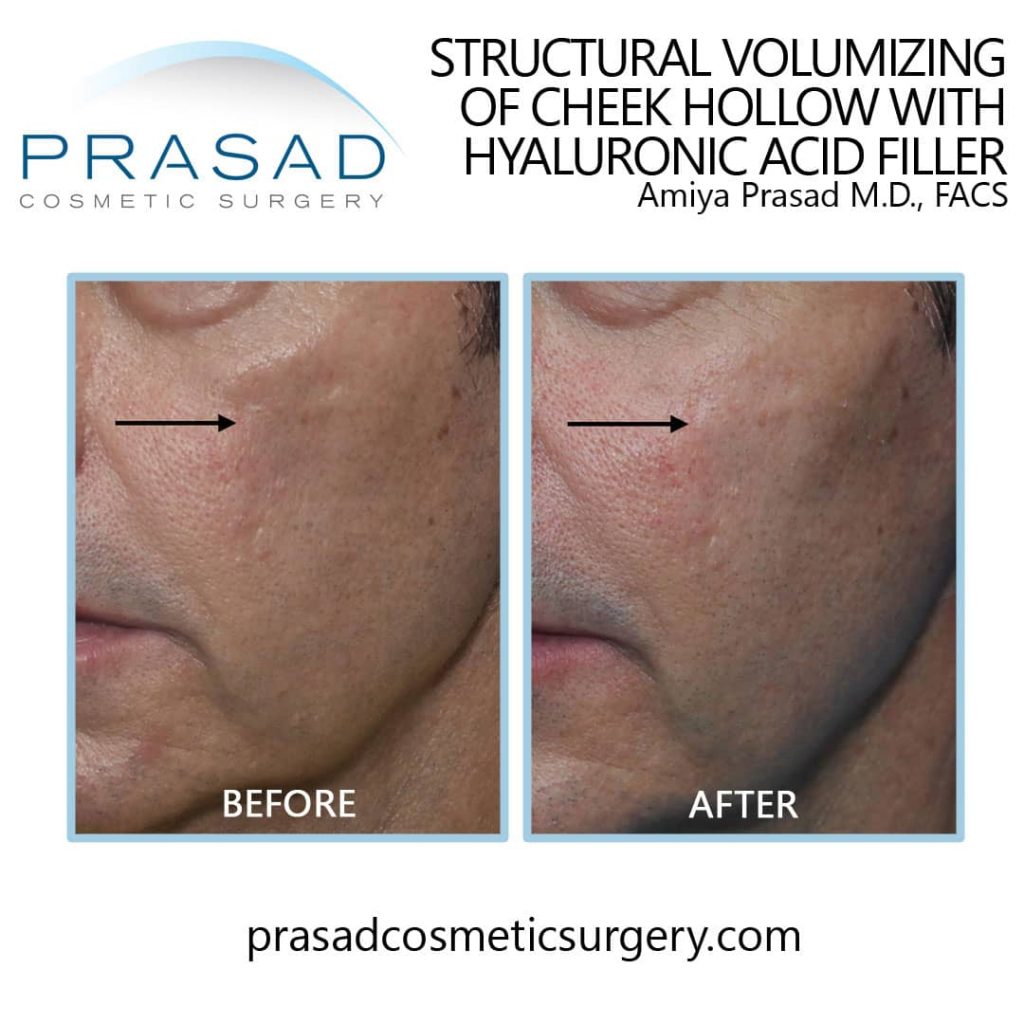
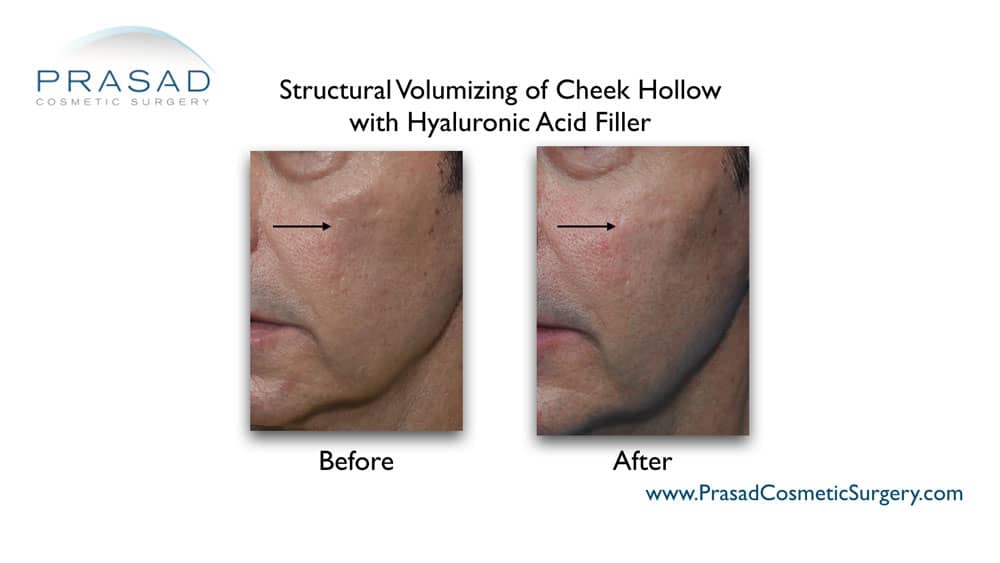
Cheek Filler in Manhattan NYC, and Long Island, New York
Dr Amiya Prasad is a Board-certified cosmetic surgeon, and Fellowship-trained oculoplastic surgeon. He’s been in practice in New York City and Long Island for over 25 years. To schedule a consultation, fill out the form below, or contact any of our offices at (212) 265-8877 for the Manhattan, New York City office; (516) 742-4636 for the Garden City, Long Island office; or (703) 356-1336 for the Vienna, Virginia office.

